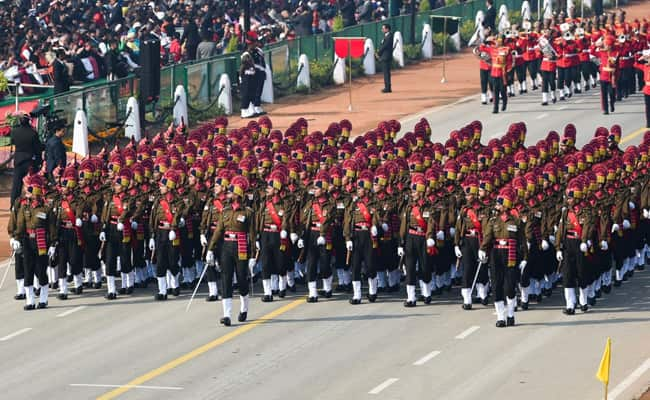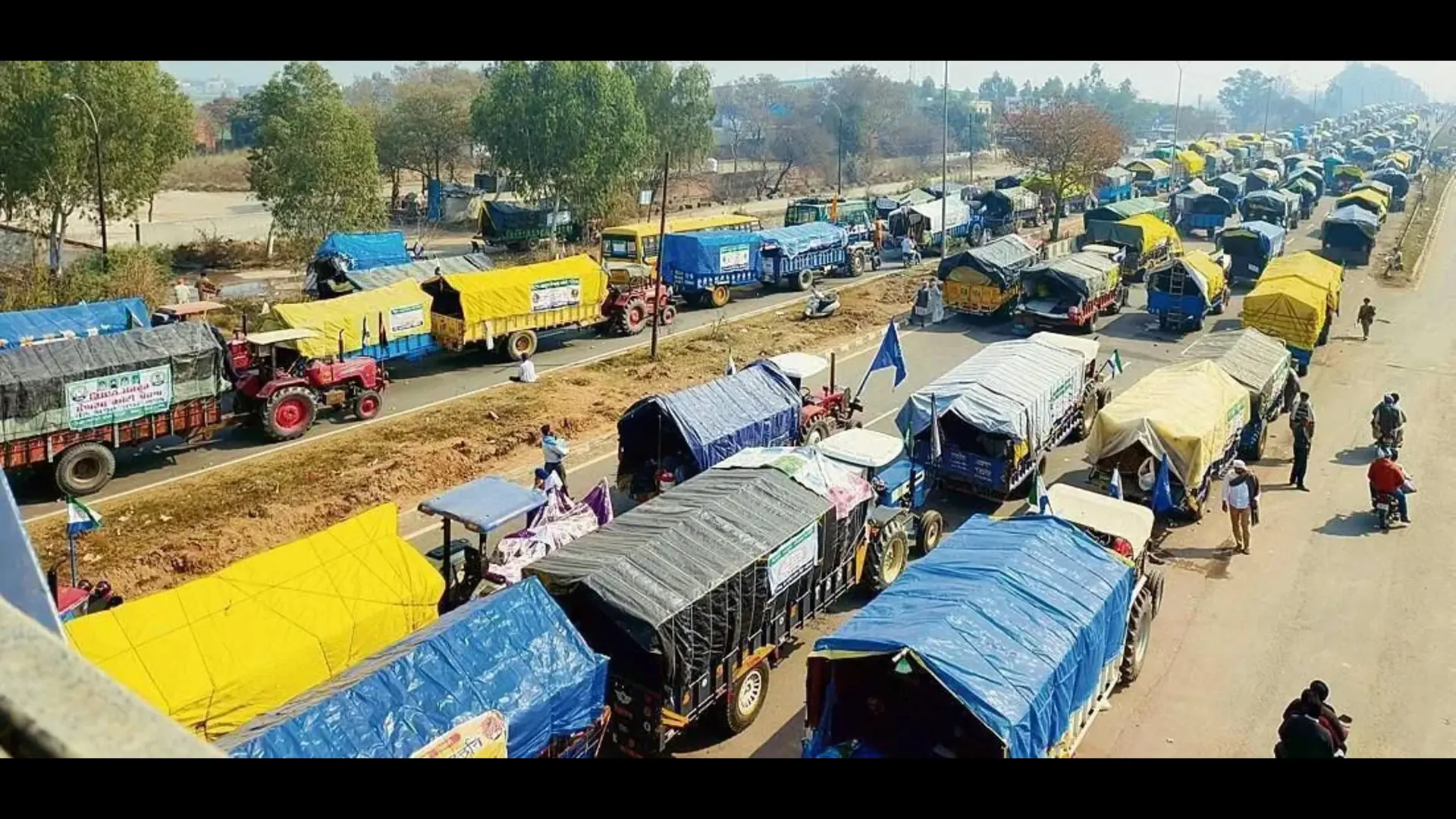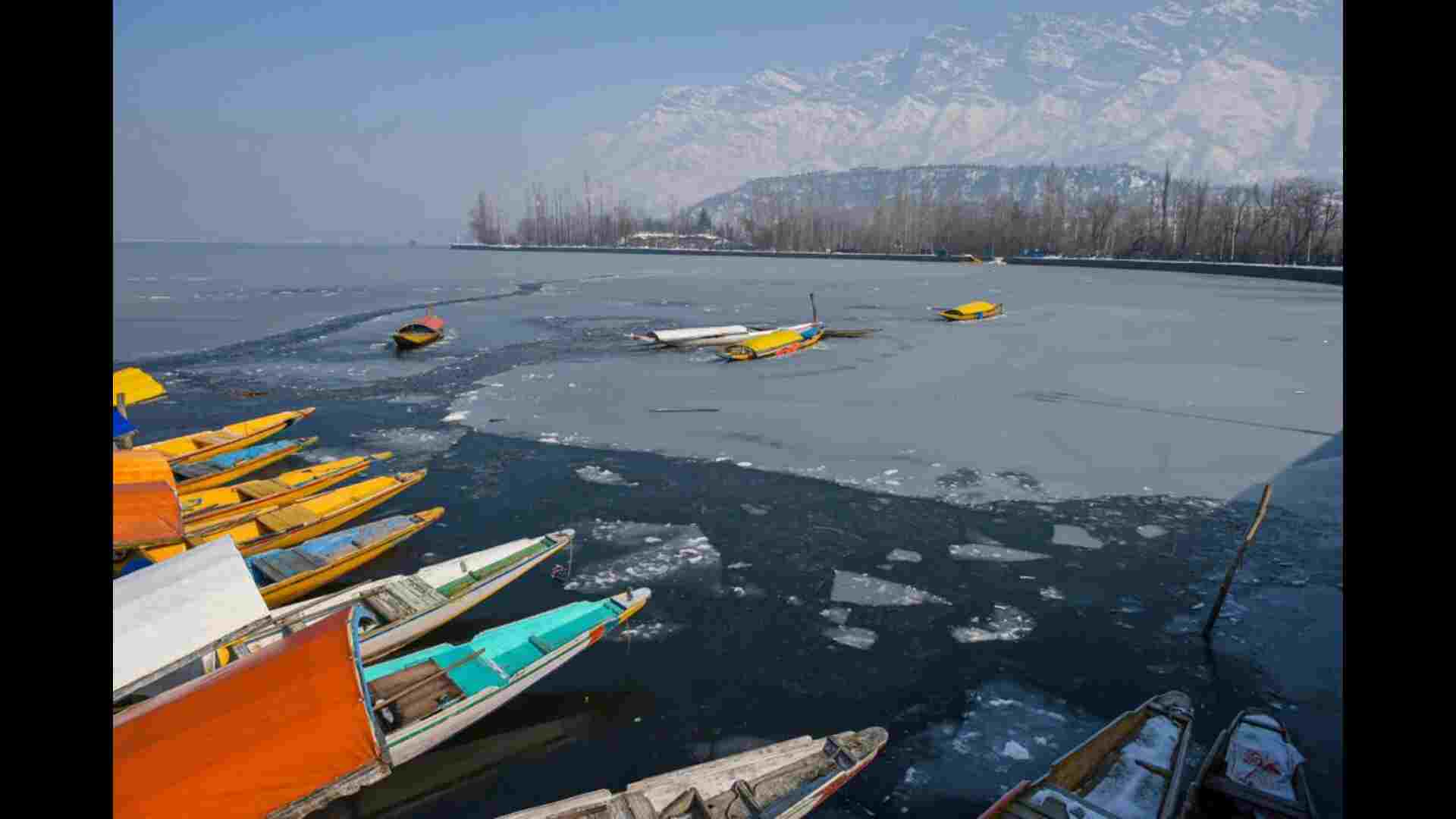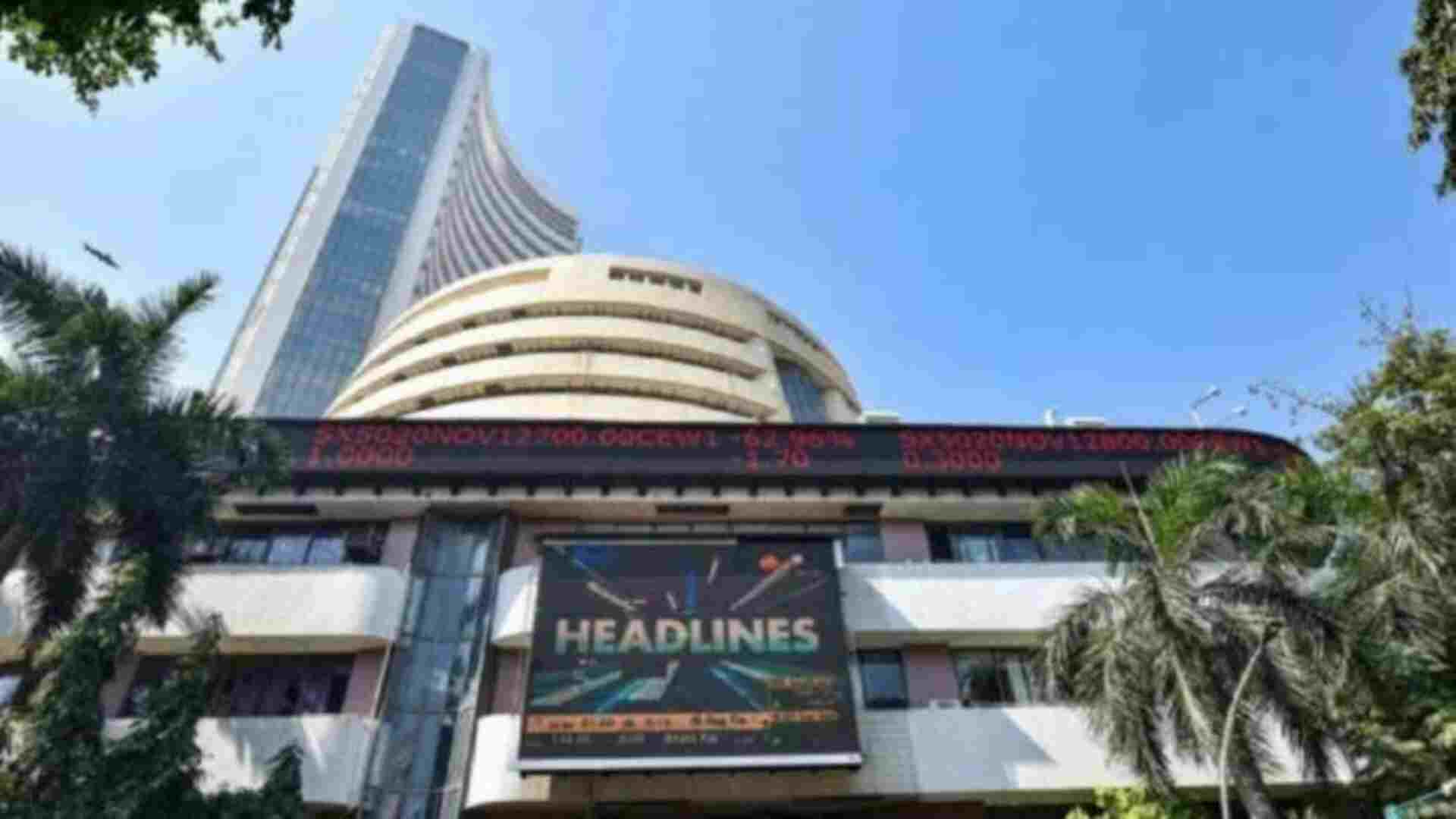As this year’s Republic Day approaches, an important birthday approaches just a few days earlier which the nation will also celebrate. In 2022, it was decided that henceforth, Republic Day celebrations should commence from 23 January onwards so that Subhash Chandra Bose’s birthday could be celebrated as well. This year will represent his 126th birth anniversary. Subhash Bose’s contributions were neglected for many years. It even took years before his portrait was installed in the central halls of Parliament in 1978. There is a danger, however, of giving into “the great man syndrome’” if we ignore the contributions of those who fought alongside him and under his ceremonial command in the Indian National Army (INA). In fact, Bose himself would have been dismayed if alongside his own contributions, that of the men and women of the INA were ignored. He fought the British from the outside as it were, but he never failed to acknowledge the importance of the struggle being waged from within by Gandhi and the Congress. It was for this reason that there was a Gandhi Brigade, and even a Nehru Brigade in the INA. The first mistake we made was to ignore Bose’s great contribution to our independence, and we corrected that mistake eventually, but now we forget to give sufficient credit to the men and women of the Indian National Army! Who were these brave men and women who joined the INA? Many British Indian Prisoners of War had been captured by the Japanese. Netaji met with these prisoners and convinced them that they had all along been fighting with the wrong people for a cause that was not their own. They were brave men willing to risk their lives. Let us not forget that there were also thousands of men and women who fought for the INA, without any prior military experience whatsoever. Among this group were bright and brave young women. No woman soldier in the INA’s Rani of Jhansi regiment (named after the legendary heroine of the 1857 rebellion) ever fought a war before but they were drawn to the cause by Bose’s stirring words. This was heroism at another level altogether, rarely surpassed anywhere in the world. How did these ladies get enlisted? Numerous moving testimonies exist of parents in Singapore and Malaysia giving permission to their daughters, upon Netaji’s request, to fight in the great Indian cause of freedom. Filmmaker and writer Sagari Chhabra journeyed across India, Thailand, Malaysia, Singapore and Burma seeking out the men and women of the INA. In her book “In Search of Freedom”, she chronicles the many quiet acts of courage that, regrettably, may not have been featured in school and university history textbooks but without which the history of our motherland would have been vastly different. Interviews, testimonies and photographs can also be found within “Women at War: Subhash Chandra Bose and the Rani of Jhansi Regiment” by Vera Hildebrand. We need to honour not only the women who died fighting, the women who survived, but also their beloved parents and families who consented to have their daughters risk their lives. There were girls who fought with their parents in order to get their consent. For instance, Janaki Nahappan who subsequently became a Commander of the Rani Jhansi regiment, was only sixteen years when she was stirred by Bose’s appeal for Indian women to join a “death defying” regiment. She is reported to have immediately taken off her gold earrings and donated them. Her parents, who were affluent and resisted their daughter’s appeal but eventually she managed to convince them. A meaningful life, even if it were full of hardship, was more important to the young girl than a life of plenty. In 2022, the National Defence Academy opened its doors to women. Later this month Squadron Leader Avani Chaturvedi, a fighter pilot will participate in war games being held in Japan. Even as we celebrate such developments, we need to remember how more than seven decades ago, brave women from the INA fought for our independence. We need to remember and honour them properly. Not only leaders of the regiment such as Captain Lakshmi Swaminathan and Janaki Nahappan but many others as well. As we have done with our other national heroes, there can be sculptures and murals of these women prominently displayed in major cities. A museum dedicated to the Ranis in New Delhi, Calcutta or Chennai would also not be out of palace with voice recordings and photographs of female paratroopers and other combatants. Archival material available with Ms Chhabra and others may be put to use here. It is wonderful that we have, in New Delhi a statue of Mahatma Gandhi leading the Dandi March near Teen Murti Bhawan. There are eleven statues in all, with the Mahatma leading the group. That march was indeed a seminal event that shook the conscience of the world but we need to ask ourselves today what, if anything, prevents us from having a similar depiction of the warrior women of India at a prominent location in the capital? It will be an inspiration to girls across the country, if not the world, and provide an indication to overseas visitors how much India respects the women who fought for its independence. Before that happens, if it ever does, we need to ask ourselves: do we actually respect them? Not only media but cinema, including Bollywood and Tollywood (many of the Ranis were Tamils), have ignored the Ranis despite the evident drama and richness of their journeys and contributions to the national cause. Bose’s portrait was installed in the Central Hall of Parliament only in 1978 three decades after India won its independence, but the logical follow up to that important event never happened. The heroes and heroines of the INA were never similarly honoured. In Parliament’s Central Hall, a selection of the photographs of the Ranis needs to be prominently displayed. Truth be told, they deserve an entire wall–and even that would not suffice to properly honour their idealism and courage! Rajesh Talwar is the author of 35 books across multiple genres, and has worked for the United Nations for over two decades across three continents. He is the author of The Vanishing of Subhash Bose: The Mystery Unlocked.






